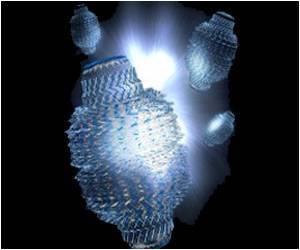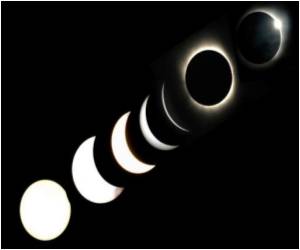New technique that offers spray-on solar power has been invented as revealed by new research.

Researcher Illan Kramer from the University of Toronto said that his dream is that one day people will have two technicians with Ghostbusters backpacks come to their house and spray their roof.
Solar-sensitive CQDs printed onto a flexible film could be used to coat all kinds of weirdly shaped surfaces, from patio furniture to an airplane's wing and a surface the size of a car's roof wrapped with CQD-coated film would produce enough energy to power three 100-Watt light bulbs or 24 compact fluorescents.
He calls his system sprayLD, a play on the manufacturing process called ALD, short for atomic layer deposition, in which materials are laid down on a surface one atom-thickness at a time.
Until now, it was only possible to incorporate light-sensitive CQDs onto surfaces through batch processing, an inefficient, slow and expensive assembly-line approach to chemical coating.
SprayLD blasts a liquid containing CQDs directly onto flexible surfaces, such as film or plastic, like printing a newspaper by applying ink onto a roll of paper, which makes incorporating solar cells into existing manufacturing processes much simpler.
Advertisement
Two recent papers are published in the journals Advanced Materials and Applied Physics Letters.
Advertisement









